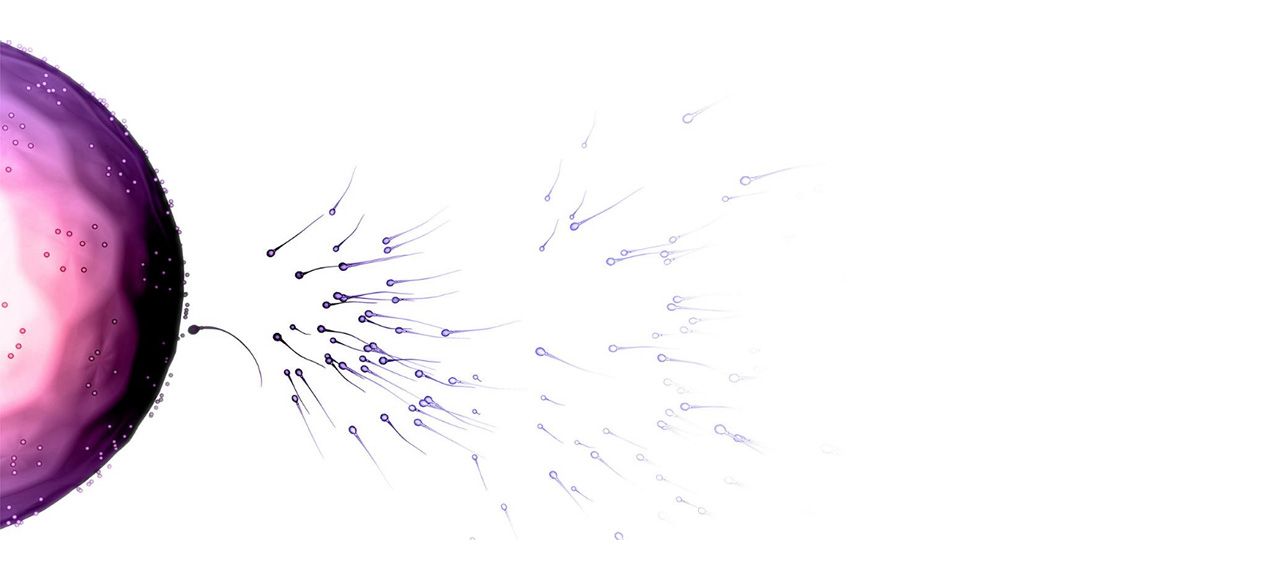The CATCH checklist to investigate adult-onset hypogonadism.
Librarian's Comment : This is an interesting narrative review by Defeudis et al. summarizing the key points in screening and diagnosing adult-onset hypogonadism (AOH) in men, a clinical entity which is often overlooked. Several challenges in establishing the diagnosis of AOH exist and the present work provide the clinicians with a handy tool in order to facilitate them run a comprehensive workup and reach a safe diagnosis. This tool consists of a checklist labeled with the acronym (CATCH), which derives from the words:- Clinical features [symptoms] and Causes,
- Age,
- Testosterone level,
- Comorbidities, and
- Hormones,
Published in : Andrology
Authors : Defeudis G, Mazzilli R, Gianfrilli D, Lenzi A, Isidori AM
Abstract : Adult-onset hypogonadism is a syndrome often underdiagnosed, undertreated, or incompletely explored. There are various reasons for this: firstly, undefined age range of men in whom testosterone levels should be investigated and then no definitive serum cutoff point for the diagnosis of hypogonadism; and finally, variable and non-specific signs and symptoms; men and physicians do not pay adequate attention to sexual health. All these factors make the diagnostic criteria for hypogonadism controversial. The evaluation of the clinical features and causes of this syndrome, its link with age, the role of testosterone and other hormone levels, and the presence of any comorbidities are all useful factors in the investigation of this population. The purpose of this manuscript, after an accurate analysis of current literature, is to facilitate the diagnosis of hypogonadism in men through the use of the CATCH acronym and a checklist to offer a practical diagnostic tool for daily clinical practice. A narrative review of the relevant literature regarding the diagnosis of late-onset hypogonadism or adult-onset hypogonadism was performed. PubMed database was used to retrieve articles published on this topic. A useful new acronym CATCH (Clinical features [symptoms] and Causes, Age, Testosterone level, Comorbidities, and Hormones) and a practical checklist to facilitate the evaluation of hypogonadism in aging men were used. The evaluation of the clinical features and causes of hypogonadism, the link with age, the role of Testosterone and other hormones, and the evaluation of comorbidities are important in investigating adult-onset hypogonadism. The CATCH checklist could be helpful for clinicians for an early diagnosis of both hypogonadism and associated comorbidities. We suggest the use of this acronym to advocate the investigation of declining testosterone in aging men.









